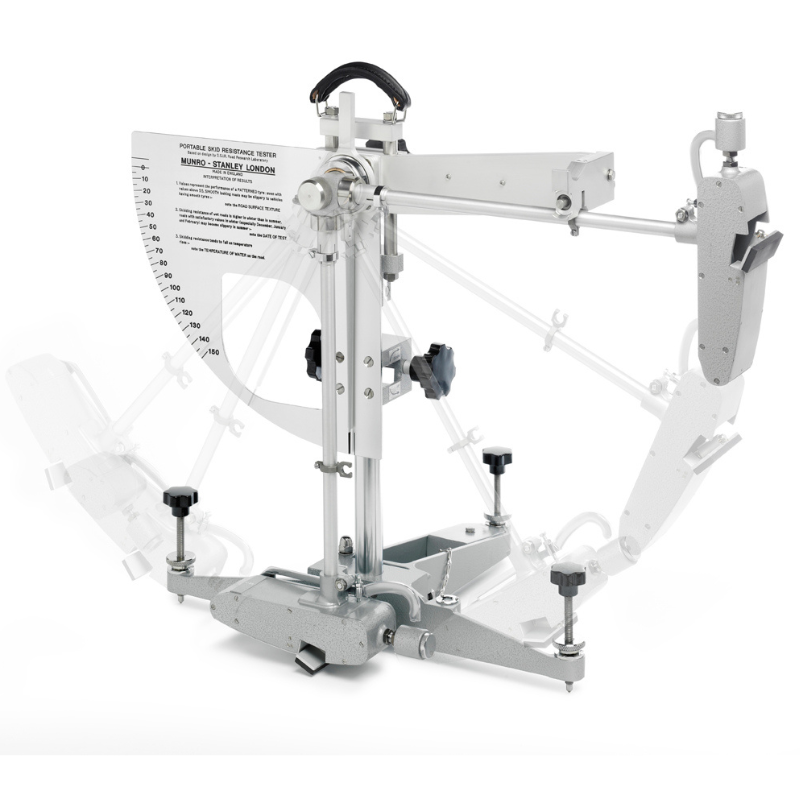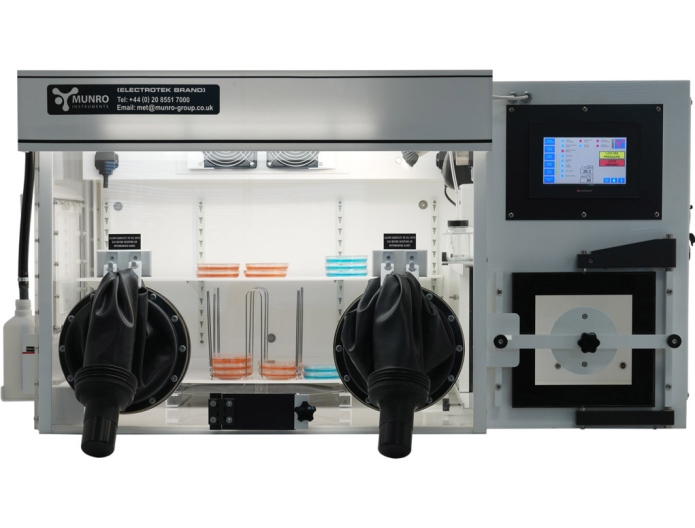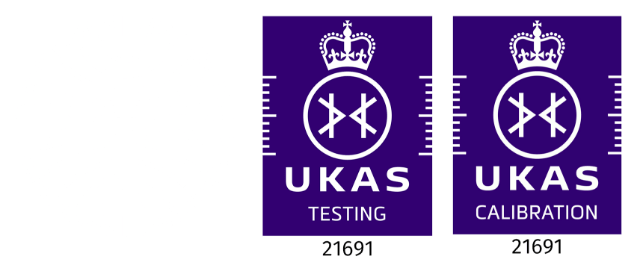Frequently Asked Questions: Temperature and Humidity Transmitters
Q: What specific temperature and humidity transmitters are available for meteorological and environmental monitoring stations?
A: We offer a range of temperature and Humidity Transmitters, including models specifically designed for harsh outdoor environments, as well as compact versions for indoor or enclosure monitoring. Our meteorological-grade transmitters are built to withstand extreme weather conditions.
Q: Can your transmitters be used as standalone sensors or are they exclusively for use with a multi-sensor automatic weather station?
A: Our transmitters are versatile. Most models can function as standalone sensors, providing direct measurements. However, they are also designed for seamless integration into a larger multi-sensor automatic weather station, offering a flexible solution for various monitoring needs.
Q: What are the main applications for your transmitters in environmental and meteorological monitoring?
A: Our transmitters are used for a wide range of applications, including:
- Meteorological data collection for weather forecasting.
- Agricultural monitoring to optimize crop conditions.
- HVAC and climate control systems.
- Environmental research.
- Industrial process control.
Q: Do you offer different models with varying features, such as different output types or physical designs?
A: Yes, we provide a diverse product line to meet different requirements. Our models vary in physical design (e.g., probes, wall-mounts), output types (e.g., analog, digital), and special features such as integrated displays or data logging capabilities.
Q: How can a customer purchase these transmitters? Do you sell directly or through distributors?
A: Customers can purchase our transmitters through a combination of channels. We have a network of authorized distributors who can provide local sales and support. Some products may also be available for direct purchase from our website or sales team.
Q: What are the specific technical specifications for the temperature, relative humidity, and dew point measurements?
A: The technical specifications vary by model. Typical ranges include:
- Temperature Accuracy: ±0.1°C to ±0.5°C
- RH Accuracy: ±1% to ±3%
- Measurement Range:
- Temperature: -40°C to +85°C
- Relative Humidity: 0 to 100% RH Specific details for each model can be found in the product datasheets.
Q: What types of output signals are supported by your transmitters?
A: We support a variety of industry-standard output signals to ensure compatibility:
- Analog: 4-20 mA and 0-10 V for long-distance transmission.
- Digital: RS485 with Modbus protocol, SDI-12, and others for multi-point data collection.
Q: Can you provide details on the long-term stability and recommended calibration intervals for the sensors?
A: Our sensors are built for excellent long-term stability, minimizing drift over time. We typically recommend a re-calibration interval of 12 to 24 months to ensure sustained accuracy, depending on the application and environmental conditions.
Q: Are the transmitters designed to be rugged and suitable for outdoor meteorological applications? What are their IP ratings?
A: Yes, many of our transmitters are specifically designed for demanding outdoor use. They feature rugged housings and protective shields. The IP rating for our meteorological-grade models is typically IP65 or higher, ensuring protection against dust and water ingress.
Q: Do the transmitters require an external power supply or can they be powered by a data logger or weather station?
A: Most of our transmitters require an external power supply. However, many models have low power consumption and can be powered directly by a compatible data logger or weather station, simplifying installation and reducing the need for separate power sources.







